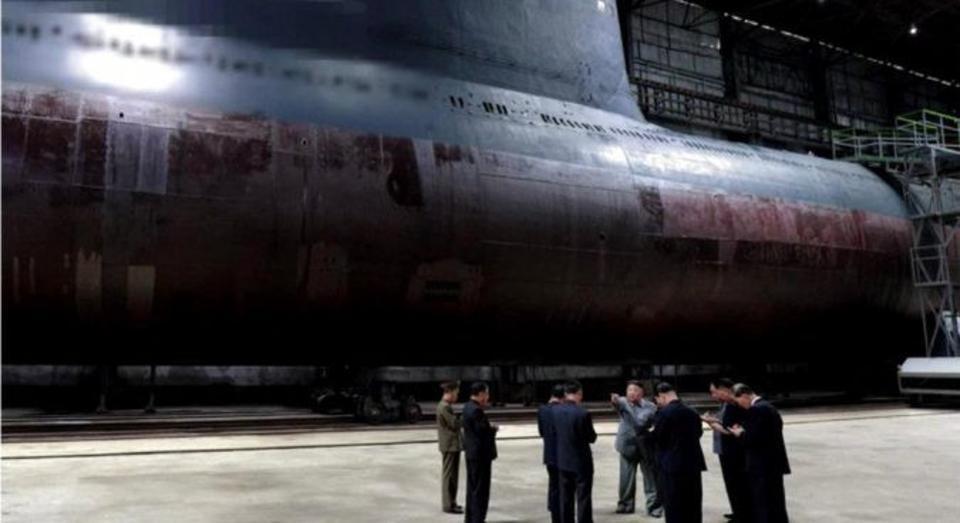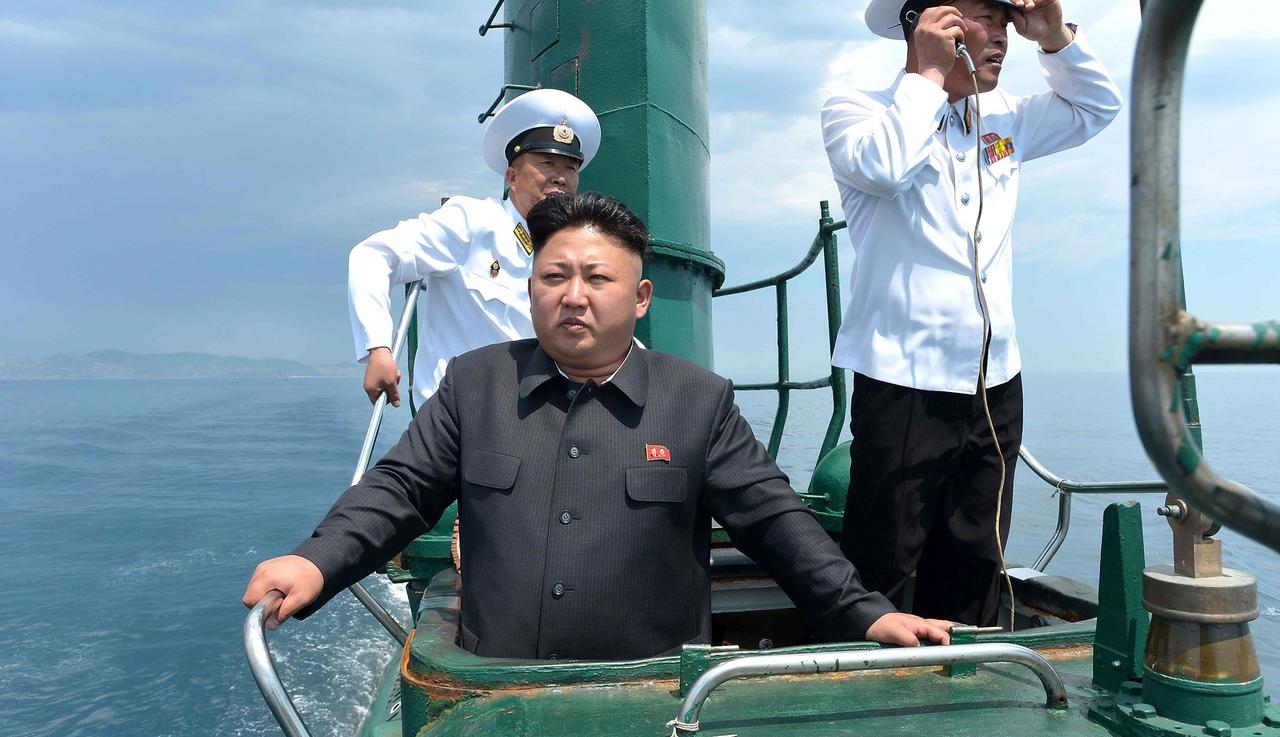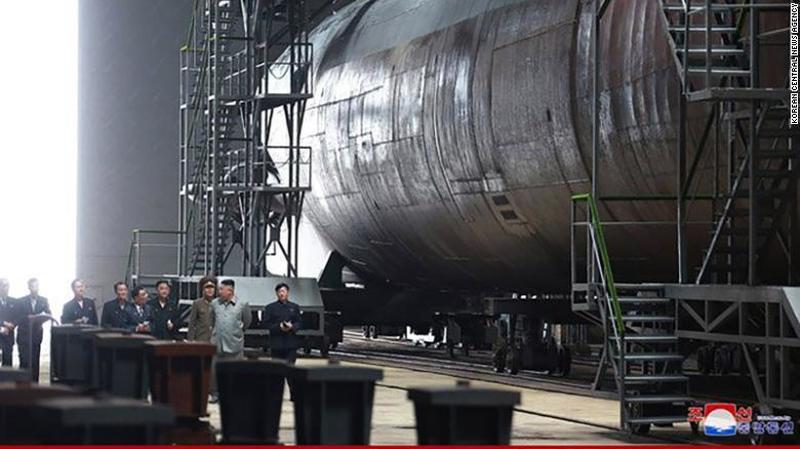A day after Kim Jong Un oversaw a meeting of his top generals which resolved to continue to advance North Korea’s “nuclear war deterrence”, South Korea’s Yonhap news service reports that Pyongyang’s new ballistic missile-capable submarine is ready to imminently enter service.

“South Korean intelligence authorities said they have been closely monitoring the North’s activities regarding preparations for the launching of a new submarine it first unveiled in July 2019,” Yonhap underscores, citing military and intelligence sources.
“The submarine, believed to be a 3,000-ton one, is capable of carrying three SLBMs and to have been under construction at its naval base in Sinpo on its east coast,” the report continues.
“It seems almost ready to be deployed,” a South Korean military source told Yonhap. “We are closely watching when the North will hold a launching ceremony.”
Crucially the new submarine has been touted as capable of launching intercontinental ballistic missiles with greater ranges, or submarine-launched ballistic missiles (SLBMs), which would significantly add to Pyongyang’s strategic nuclear launch capabilities.
In July of last year North Korean state media published photos of what was then dubbed Kim’s new “powerful submarine” – which appeared indeed more massive than anything seen out of the country before.
Pyongyang is currently believed to have a fleet of aging, low-tech submarines numbering at about 70, but they are considered loud (and thus can easily be detected) and most importantly incapable of firing nuclear-armed ballistic missiles. However, in 2016 the north successfully test-fired a submarine-launched ballistic missile (SLBM) in a bid to establish faster deterrence capabilities.

It’s believed that the Sunday meeting of the Workers’ Party of Korea Central Military Commission (CMC) was in preparation of a potential major announcement that the new submarine could be ready to enter service.
Specifically the Sunday meeting chaired by Kim set forth “new policies for further increasing the nuclear war deterrence of the country and putting the strategic armed forces on a high alert operation,” according to state media.
The state-run outlet noted that officials also took “crucial measures for considerably increasing the firepower strike ability of the artillery pieces.”
Seoul officials worry precisely that this could mean the soon roll-out of the new SLBM-capable large submarine. If not a game-changer altogether, then it would at least provide serious leverage in the north’s stalled talks with Washington, which is likely precisely the point.
